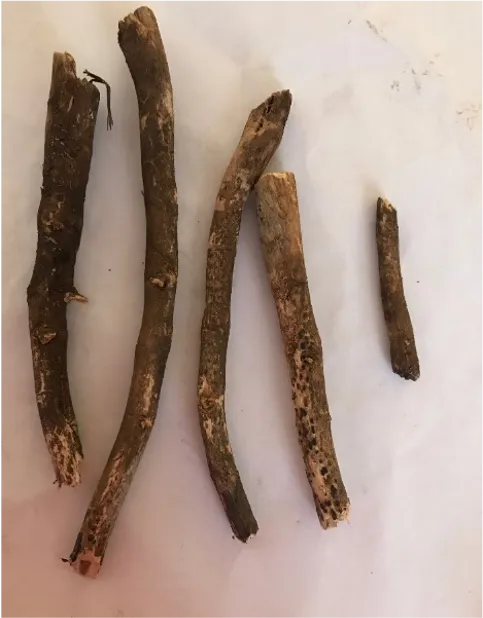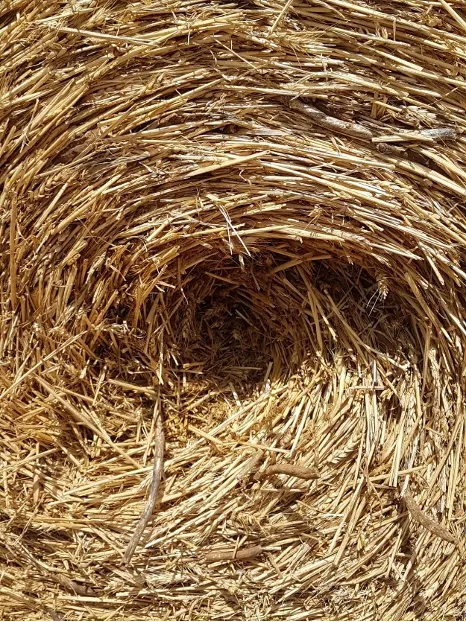Compiled by Tiffany Bennett with information supplied by Dr Jeremy Rogers
Lupin stubble and hay is a valued feed for sheep and lambs. However, a condition called Lupinosis can be an issue. Lupinosis is caused by a fungus (phomopsis) that produces a toxin affecting both the seed, pod and the stalks of lupin crops, triggered by wet and humid conditions. Sheep affected can show signs within a couple of days or over a couple of weeks.
In a recent South Australian case, a stubble paddock that had been suspected of being affected with lupinosis was not grazed but was oversown with a cereal crop that was subsequently cut for hay. When this cereal hay was fed to lambs in a feedlot, 6 lambs over a 3-day period succumbed to lupinosis.
On close inspection some lupin stubble stalks could be found in the hay, that otherwise appeared good quality. Testing of the hay found it to be highly contaminated with Phomopsis fungus and unsuitable for use in any livestock. The levels were found to be 78,000 μg/kg, and any result greater than 300 μg/kg is considered dangerous. In this case, only a small amount of the stubble had to be consumed to be poisonous. Producers over sowing a previous year’s lupin stubble with cereal crop, particularly using minimum tillage practices should be aware of the possible risks associated with contamination.
If in doubt tests for hay or forage are available through several companies and are reasonably priced to determine the safety of a feed.
Although many modern varieties of lupins have some resistance to Phomopsin, this only applies to the growing plant, and spores can rapidly multiply in the right conditions of moisture, and a high load of dead plant material. Lupinosis causes sheep to stop eating and stand apart from the mob, lethargy and becoming staggery when driven, jaundice and death which may continue up to two months after removal from contaminated material.
There is as there is no treatments for Lupinosis apart from careful management post exposure. The phomopsin is a stable type of fungus that is likely to remain of the stubble for a long period and is thus difficult to manage.
Dealing with infected hay is problematic, and in the case from South Australia the producer was faced with disposing of approximately 300 affected round bales that are not suitable to be fed to any livestock.
 |  |
Stalks from lupin stubble included in hay. Photos supplied by Dr Jeremy Rogers